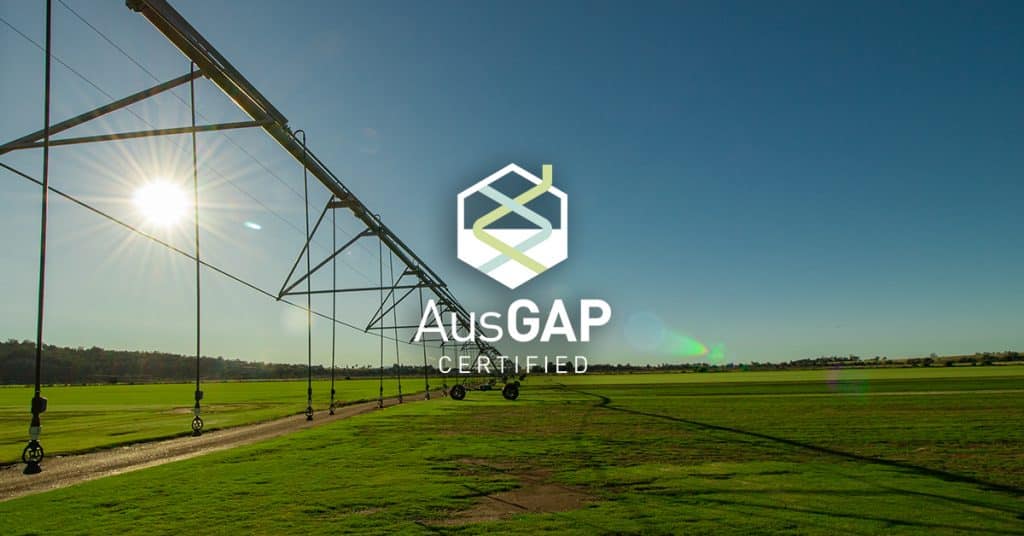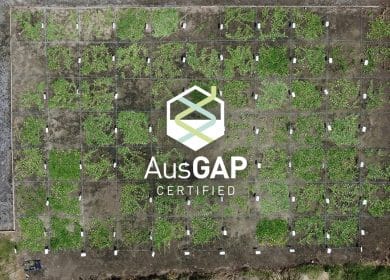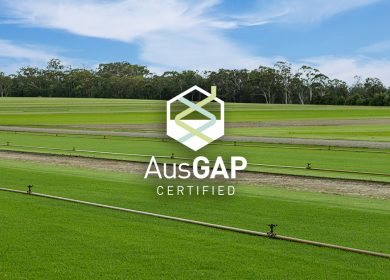Climate change is threatening our green spaces

Climate change is a hot topic, and it is not hard to see why. With unprecedented weather events and 97 percent of scientists agreeing climate change is an issue, our natural environment is changing. Climate change is impacting the way turfgrass grows by affecting biological systems through increased temperatures, variable precipitation, and CO2 in the atmosphere. Read on to find out how these changes are affecting turfgrass management and production.
While climate change’s effects are widespread, future changes will not be uniform in either time nor space. This suggests that we look at a more localised view of the impacts rather than broad generalised statements.
Is climate change affecting turfgrass?
The interaction of soils with climate change has the potential to increase the vulnerability of plants to climate change because of the effect of soil degradation on soil water availability and nutrient cycling (Hatfield et al., 2017). All plants require temperatures within their range for development and growth, and each species has their own specific temperature range. Cool season turfgrasses have an optimum temperature range between 15°C and 24°C, whereas warm season turfgrasses have an optimum between 27°C and 35°C (DaCosta et al., 2013). This temperature range determines where these grasses are grown.
Despite fears of increasing temperatures, extreme flooding events have been prevalent around the world, particularly in Australia over the last few years. The effect these weather events are having on turfgrass production and management are still being felt. With extreme wet weather soil degradation and deposition are becoming a major concern especially for the future of turfgrass health.
Increases in air temperature and rainfall will alter the ideal growing conditions of all turf varieties and will have large implications for how we preserve these ecosystems and community green spaces and sporting facilities. Turfgrasses are grown throughout Australia and the world in urban environments and as a part of the overall landscape embedding itself as an essential part of the ecosystem to reduce soil erosion and cool the environment.
What are the future climate change challenges for turfgrass management?
A major concern and challenge for turfgrass management into the future will be the maintenance of water in areas with limited or no irrigation (Hatfield et al., 2017). With increased extreme weather events, it is important to be mindful of which turfgrass varieties have the genotypic difference in response to drought stress (Hatfield et al., 2017). For example, TifTuf Hybrid Bermuda an AusGAP certified turfgrass is the only grass in Australia to receive the Smart Approved WaterMark after extensive research into its drought tolerance, proving itself as the most drought tolerance variety on the market. From this, it is important to invest in varieties that require less input with water, herbicides, pesticides, and fungicides.
Another potential challenge turfgrass managers and producers face is the increase in weed pressure. This is a result of high temperatures and drought stress conducive of weed growth and permeance (McElroy et al., 2013).
Further investment in turfgrasses that can positively respond to abiotic and biotic stresses is essential to the future of the turfgrass industry. Climate change is affecting the environment on a micro and macro level changing how we evaluate turfgrass breeding, production, and management.
References:
McElroy, J.S., P.C. Bhowmik. 2013. Turfgrass weed management. In: J.C. Stier B. P. Horgan S.A. Bonos, editors, Turfgrass: Biology, use, and management. Agron. Monogr. 56. ASA, CSSA, and SSSA, Madison, WI. p. 777– 808. doi: https://doi.org/10.2134/agronmonogr56.c22
DaCosta, M., B. Huang. 2013. Heat-stress physiology and management. In: J.C. Stier B.P. Horgan S.A. Bonos, editors, Turfgrass: Biology, use, and management. Agron. Monogr. 56. ASA, CSSA, and SSSA, Madison, WI. p. 249– 278.
Hatfield, J. (2017). Turfgrass and climate change. Agronomy Journal, 109(4), 1708–1718. https://doi.org/10.2134/agronj2016.10.0626


